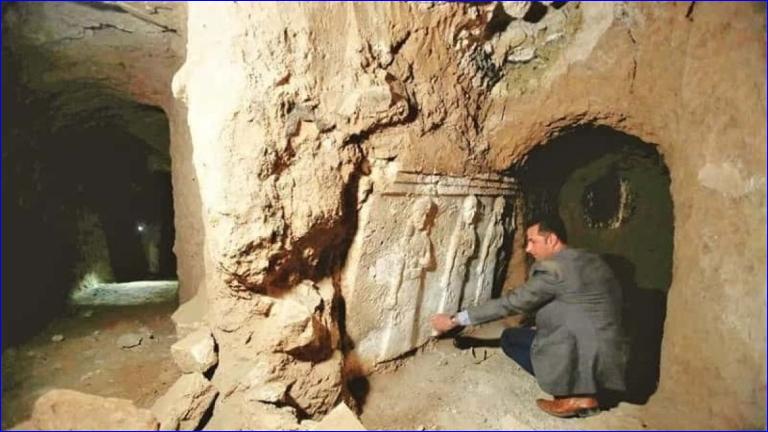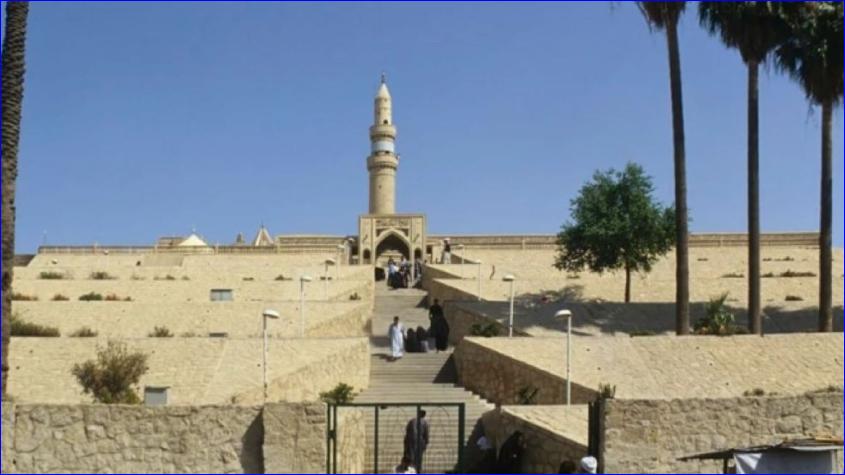


Much like the Hagia Sophia in Istanbul -- constructed more than 1,500 years ago, later converted into a mosque during the Ottoman era, and most recently by the government of Recep Tayyip Erdoğan -- Iraq holds striking examples of cultural erasure. Among the most notable is the Monastery of Mar Jonah in Mosul.
Originally a Chaldean Christian site, the monastery was renamed in the 10th century with an Islamic designation honoring the Prophet Jonah. Today it sits atop Tell al-Tawbah, the "Hill of Repentance." Yet researchers have found evidence that the Jonah after whom the monastery was named may not have been the biblical prophet (known in Islam as Yunus), but rather a monk who lived in the late 4th century AD.
In his Biographies of the Patriarchs of the Church of the East, Chaldean Patriarch Mar Louis Raphael Sako noted that the tomb of Hananishu the Lame lies within the Monastery of Mar Jonah in Mosul. Regarding its conversion into a mosque, Patriarch Sako explained:
When the Arabs conquered Nineveh -- then known as the 'Fortress of Crossing' -- in the latter half of the 7th century under Rab'i ibn al-Afkal al-Anzi, they settled several Muslim Arab tribes there. Although the majority of the city's inhabitants were Eastern Christians, the Monastery of Mar Jonah, situated on Tell al-Tawba near Nineveh's walls, was converted into a mosque for Muslims and renamed the Mosque of the Prophet Yunus.
Despite this well-documented history, the Iraqi government has taken no steps to restore the rights of the Assyrian people, even though Mosul has long been regarded as one of their strongholds. Activists argue that the state has remained inactive, often citing the mass flight of Christians following the Islamic State's (ISIS) occupation of the city in 2014 as justification for its neglect.

Ironically, it was ISIS itself that unintentionally revealed parts of the city's ancient past. When the terrorist group blew up Tell al-Tawbah, they uncovered the ruins of an Assyrian palace dating back to the 6th century BC, built by King Esarhaddon, son of Sennacherib. More recently, the discovery of a winged bull and other artifacts confirmed that the site and monastery were historically tied to the Assyrian peoples.
The very name Jonah underscores this connection. "Jonah" is the Syriac form of the Hebrew Yona, meaning "dove." In Islamic tradition, he is referred to as Yunus and nicknamed Dhu al-Nun, a phrase also derived from Syriac meaning "the fish," referencing the whale in which the prophet is said to have remained for three days.
For many, these layers of history highlight both the richness of Mosul's past and the tragic consequences of cultural erasure -- where sacred sites are rebranded, heritage is stripped away, and the memory of entire peoples risks crumbling into silence.

or register to post a comment.